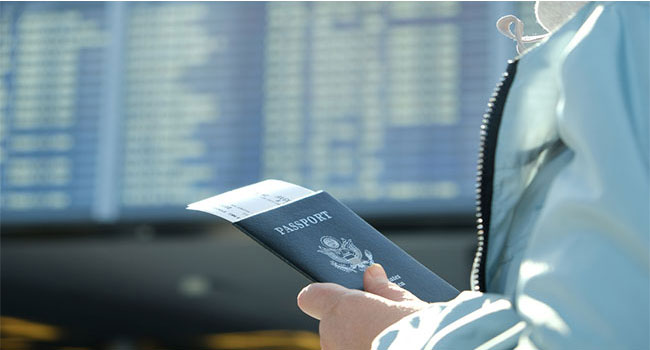
Customs and Border Protection Lays Out Plans to Expand Use of Facial Recognition Technology
The agency is looking for contractors that would “transform” its passenger processing systems and integrate facial recognition into “all passenger applications.”
- By Haley Samsel
- Aug 15, 2019
Facial recognition technology has already made its way into American airports through airline kiosks and customs lines that use the software to identify travelers. Now, U.S. Customs and Border Protection is laying out its plans to expand its use of the technology and streamline its passenger processing procedures.
The agency published more details about its plans to use biometrics to identify people entering and leaving the country in a RFQ (request for quote) released to potential contractors last week. CBP is calling for contractors to provide technology to help transform the way it processes travelers and “significantly reduce” the need for its officers to concentrate on data entry and examining passengers’ travel documents.
CBP also wants to move its processing system to the cloud, stating its priority of developing an “integrated cloud migration and infrastructure modernization action plan” for all of its services. According to FedScoop, the RFQ suggests that work on the contract will begin in December and potentially last through May 2025 to the tune of up to $960 million.
“The paradigm will evolve from biographic data focused to biometric data centric,” the agency writes. “CBP will identify travelers biometrically based on information already in CBP holdings as an alternative to having the traveler present their travel document. A biometric-based approach allows threats to be pushed-out further beyond our borders before travelers arrive to the U.S.”
The company who wins the contract should be prepared to integrate facial recognition technology throughout “all passenger applications,” according to the RFQ. In addition, CBP envisions the expanded use of mobile technology, including an application that would allow officers to admit or refer travelers with a “single touch point.”
“CBP envisions expanded use of public facing self-service web-based and native mobile applications by travelers in all stages of the travel process,” the proposal reads.
As FedScoop notes, CBP is already using facial recognition through its Biometric Exit Program, which uses airline manifest data and government passport and visa databases to create a system of existing photos expected to come into or depart the country. That system matches photos taken during the boarding process against the database of government photos.
But CBP clearly wants to do more with facial recognition, floating the possibility of replacing Global Entry kiosks — which allow pre-vetted travelers to enter the country without waiting in line to speak to a customs officer — with a biometric system.
Read more: Travelers With 'Malicious Intent' Could Abuse Global Entry System, Report Finds
Despite recent criticism of government use of the technology, facial recognition technology has already been rolled out at least 16 airports across the country and has shown little sign of slowing down, Nextgov reported. CBP officials have praised the software for giving them the ability to verify passenger identity with 98 percent accuracy at a much faster speed than traditional methods.
John Wagner, the CBP’s deputy executive assistant commissioner, told Nextgov that travelers are always aware that their picture is being taken and that the software is only used in areas of airports where passengers already need to show identification.
“The biometric really becomes as simple as validating the information we've already received,” Wagner said. “There's no new information we're requiring of a person other than taking their photograph and comparing it to a photograph they've already given us.”